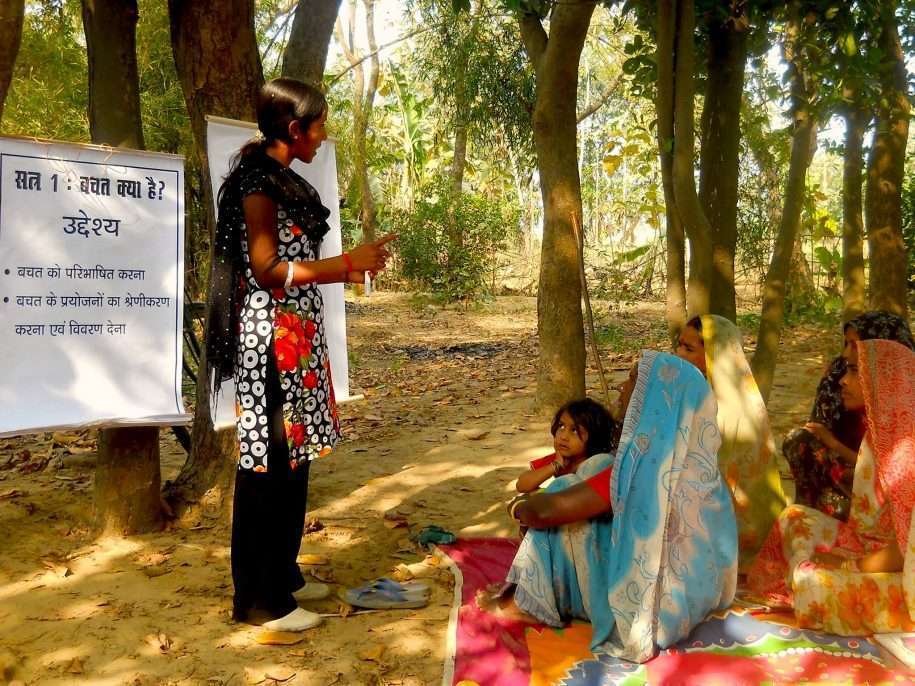|
Question
|
% of correct responses
|
Sample Size
|
|
Addition (81+24)
|
79%
|
3059
|
|
Subtraction (20-13)
|
91%
|
3059
|
|
Multiplication (5*12)
|
85%
|
3059
|
|
How much is Rs.100 worth after 1 year with 10% simple interest calculated annually?
|
58%
|
3059
|
|
How much is Rs.100 worth after 5 years with 10% simple interest calculated annually?
|
48%
|
3059
|
|
How much is Rs.100 worth after 1 year with 10% compound interest calculated annually?
|
4%
|
3059
|
|
How much is Rs.100 worth after 5 years with 10% compound interest calculated annually?
|
4%
|
3059
|
Table 1. Financial Ability Results





